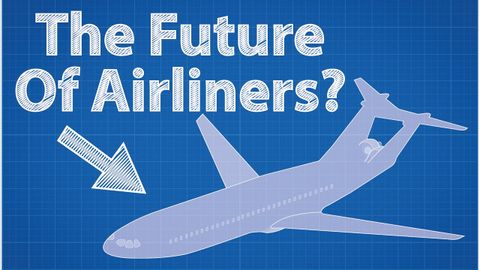客机的未来(The Future of Airliners? - Aurora D8)
joey joey 發佈於 2021 年 06 月 01 日  沒有此條件下的單字
沒有此條件下的單字US /ɪˈsenʃəli/
・
UK /ɪˈsenʃəli/
- adv.本質上 ; 本來 ; 實質上;本質上;實際上
US /sɪɡˈnɪfɪkənt/
・
UK /sɪgˈnɪfɪkənt/
US /ˈkɑnˌsɛpt/
・
UK /'kɒnsept/
US /dɪˈvɛləp/
・
UK /dɪ'veləp/
- v.t./i.詳盡闡述;建立;打造;(使)成長;發展;沖洗(底片);罹患;產生;培養;發展

